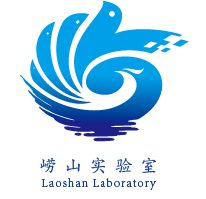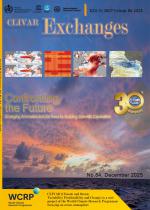Marine heatwaves (MHWs) are events characterized by prolonged and extremely warm ocean conditions. Such events have been detected in recent decades over many regions of the global ocean, including, e.g., the Mediterranean, the Australian seas, Northwest Atlantic and Northeast Pacific, as well as in the Indian Ocean and the Mozambique Channel. These events are associated with devastating and long-lasting ecological impacts, whose extent and severity are in some cases still being investigated. In addition, the occurrence of MHWs may result from the same environmental conditions responsible for other extreme events like, for example, droughts (Rodrigues et al., 2019), and may influence atmospheric circulation and ocean processes in the tropics, with close links to monsoonal variations (Saranya et al. 2022) and intensification of cyclones (e.g., Mawren et al. 2022). Hence, a better understanding of the characteristics, mechanisms and future projections of these events is of paramount importance.
The goal of the Research Focus on Marine Heatwaves in the Global Ocean is to achieve a better understanding of MHWs globally, including detection, surface and subsurface characteristics, mechanisms, connection with climate change and biogeochemical extremes, in order to increase preparedness and promote efficient adaptation planning, while contributing to the training of the next generation of scientists and providing input to observational programs.
Terms of Reference
- To establish approaches and definitions that properly characterize MHWs and compound extreme events for diverse applications, and develop the software and tools needed to implement those definitions as a community resource.
- To characterize the subsurface expression of MHWs and compound extreme events in different regions and the relationship with their surface signatures as a function of season.
- To investigate the leading mechanisms responsible for the development of surface and subsurface MHWs in different regions and seasons. Mechanisms will include local processes, typically diagnosed through heat budget analysis, and remote influences from large-scale climate modes of variability.
- To examine the fidelity of climate models and operational prediction systems in simulating MHWs with the observed characteristics and resulting from the same mechanisms as in observations.
- To assess the relative contribution of climate change and internal climate variability in the occurrence of historical and future MHWs in different regions of the world.
- To provide guidance to the GOOS/Ocean Observing Co-Design Program of the UN Ocean Decade.
- To train the next generation of climate scientists on this topic of high societal relevance.










